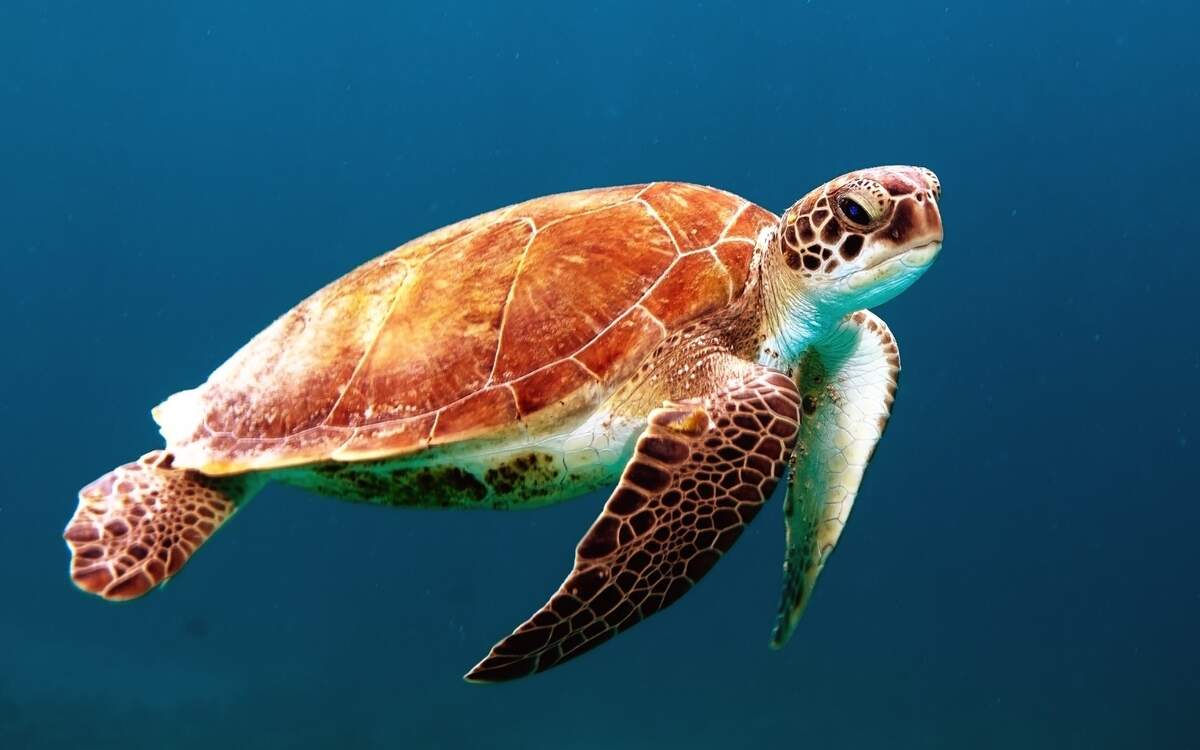

Turtle Adoption Day
Also known as
Turtle Sponsorship Day
Observed
annually on November 27th (since 2011)
Dates
Founded by
Christine Shaw on November 25th, 2011
Tags
Pets & Animals
Hashtags
Sources
http://handmadeartists.com/blog/happy-turtle-adoption-day/
https://web.archive.org/web/20130614155946/http://www.foundanimals.org/blog/adopt-a-pet-turtle/
https://web.archive.org/web/20131211044035/https:/www.foundanimals.org/blog/pet-turtle-adoption/
https://www.kuriose-feiertage.de/schildkroeten-patenschaften-tag/
https://www.livescience.com/52361-turtle-facts.html
https://www.thoughtco.com/10-facts-about-turtles-and-tortoises-4134300
https://www.worldnationaldays.com/turtle-adoption-day/
Turtle Adoption Day is a "day of action for the protection of endangered reptiles." Specifically, the day supports the welfare of turtles. It appears to have been created by a woman named Christine Shaw, who made a blog post on November 25, 2011, on the website of Found Animals, an animal welfare organization that works to find new homes for distressed and abandoned animals. The day was first observed two days later.
Having a turtle as a pet is a large undertaking and can be a lot of work. Turtles have a long lifespan, meaning having one as a pet is a long-term commitment. This may not be ideal for many prospective owners. Turtles also need specialized—and many times expensive—care when it comes to their food, water supply, and cages, which also may not make them ideal pets for many. Additionally, turtles are often carriers of salmonella. Generally, conservation organizations take the view that turtles belong in the wild, not in homes as pets.
Still, many people do get turtles as pets, and Turtle Adoption Day is about reacting positively to some negative decisions others have made in this regard. Some people who get turtles as pets treat them like throw-away pets: they purchase baby turtles, view them as mini-turtles, and give them away or release them into the wild when they grow. When turtles are released into the wild, their chances of survival are slim. Additionally, many turtles are endangered species and are hunted by humans and have threatened habitats. Turtles released in the wild can also become invasive species. They can multiply, and may then damage flora and fauna. But, some turtle owners take them to animal shelters when they get bigger and they don't know how to care for them, instead of releasing them into the wild. It is these turtles that Turtle Adoption Day works to protect.
Turtles live in almost all climates around the world, and are found on every continent except Antarctica. Most species are found in southeastern North America and South Asia. Only five species can be found in Europe. Turtles are part of the order of Testudines, an order that also includes tortoises and terrapins. Testudines are split into two suborders: Cryptodira and Pleurodira. Most turtles are Cryptodira. The main difference between the two is that Cryptodira retract their heads straight back into their shells, while Pleurodira fold their necks to the side when they retract their heads. However, sea turtles, which are Cryptodira, are unable to retract their heads into their shells. Turtles are then split into 13 families and 75 genera, and there are over 300 species in total.
Turtles spend most of their time in the water. Freshwater turtles live in ponds and lakes, coming on land to bask in the sun. Sea turtles spend most of their time in the ocean, coming onshore to lay eggs on the sand. Most of these webbed-feet reptiles have hard shells that protect them from predators. The top part of their shell is called a carapace and the bottom is called a plastron. The carapace is made up of about 60 bones, and is covered with plates made of keratin called scutes. Besides hard-shelled turtles, there are are also soft-shelled turtles and leatherbacks, which have a thick skin covering their carapace.
Turtles are not very social animals. They are most active during the day, when they spend their time searching for food. Most are omnivores, eating animals such as fish, insects, mollusks, crayfish, snakes, frogs, worms, clams, and other turtles, as well as grasses, algae, and other plants. Their diet varies depending on their species, with some subsisting on a mostly vegetarian diet.
Like birds, turtles have beaks and no teeth. They also are egg-laying animals. After digging a nest on land in sand or dirt, they lay their eggs and leave; they don't nurture their young once they are born. Turtles lay between 20 and 200 eggs at a time, depending on their species. Most of their eggs are eaten by carnivores before they hatch, and many are eaten after they are hatched, as the baby turtles do not yet have fully-developed shells to protect themselves.
Turtles vary in size, but some may grow very large. The largest freshwater turtle in North America is the alligator snapping turtle, which can grow up to 2.5 feet in length and weigh up to 200 pounds. The largest sea turtle is the leatherback turtle, which can grow to about 4.5 to 5.25 feet in length and weigh between 600 and 1500 pounds. The largest soft-shelled turtle is the Yangtze giant softshell turtle, which can grow up to 3.6 feet across and weigh as much as 309 pounds.
Many species of turtles are threatened, endangered, or critically endangered. Additionally, many turtles who were once pets have ended up in shelters because their owners weren't able to properly care for them. This makes it even more necessary that there is a day dedicated to caring for and protecting turtles. Today, on Turtle Adoption Day, we do our part to protect turtles by adopting those without homes.
How to Observe Turtle Adoption Day
The most appropriate way to observe the day is to adopt a turtle that was once someone's pet. Turtles can be adopted through Found Animals or Petfinder, or through a reptile rescue organization. They can also be found in local listings such as Craigslist, as well as at local animal shelters. By giving them a new and proper home, you can help preserve one turtle's life, and help protect turtles in general, many species of which face endangerment. If you can't provide a home for a turtle, you could donate to a reptile rescue organization.
Before you adopt a turtle, it is imperative that you are prepared to do so. You must make sure you know what type of environment turtles need in order to live in captivity, and you must have a large enough habitat for your new turtle to live. For example, turtles need at least ten gallons of water per one inch of shell, and for each additional turtle, you need another ten to twenty gallons of water. They need a dry basking area where they can crawl around and dry off, they need access to lamps that give off heat and UVA and UVB rays, they need a submersible heater to keep water at a warm enough temperature, and they need a water conditioning solution and a filter. When adopting a turtle you must also remember that having one as a pet is a long-term commitment, they can be a lot of work, they can take up a lot of your time, and they can be expensive.





















